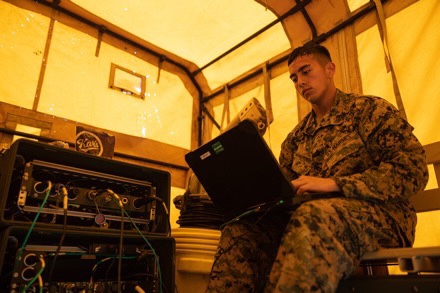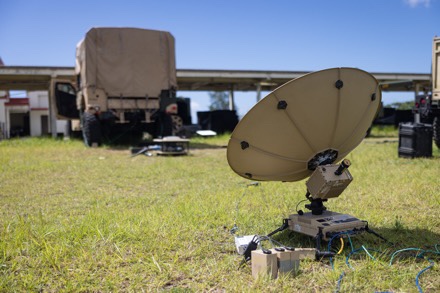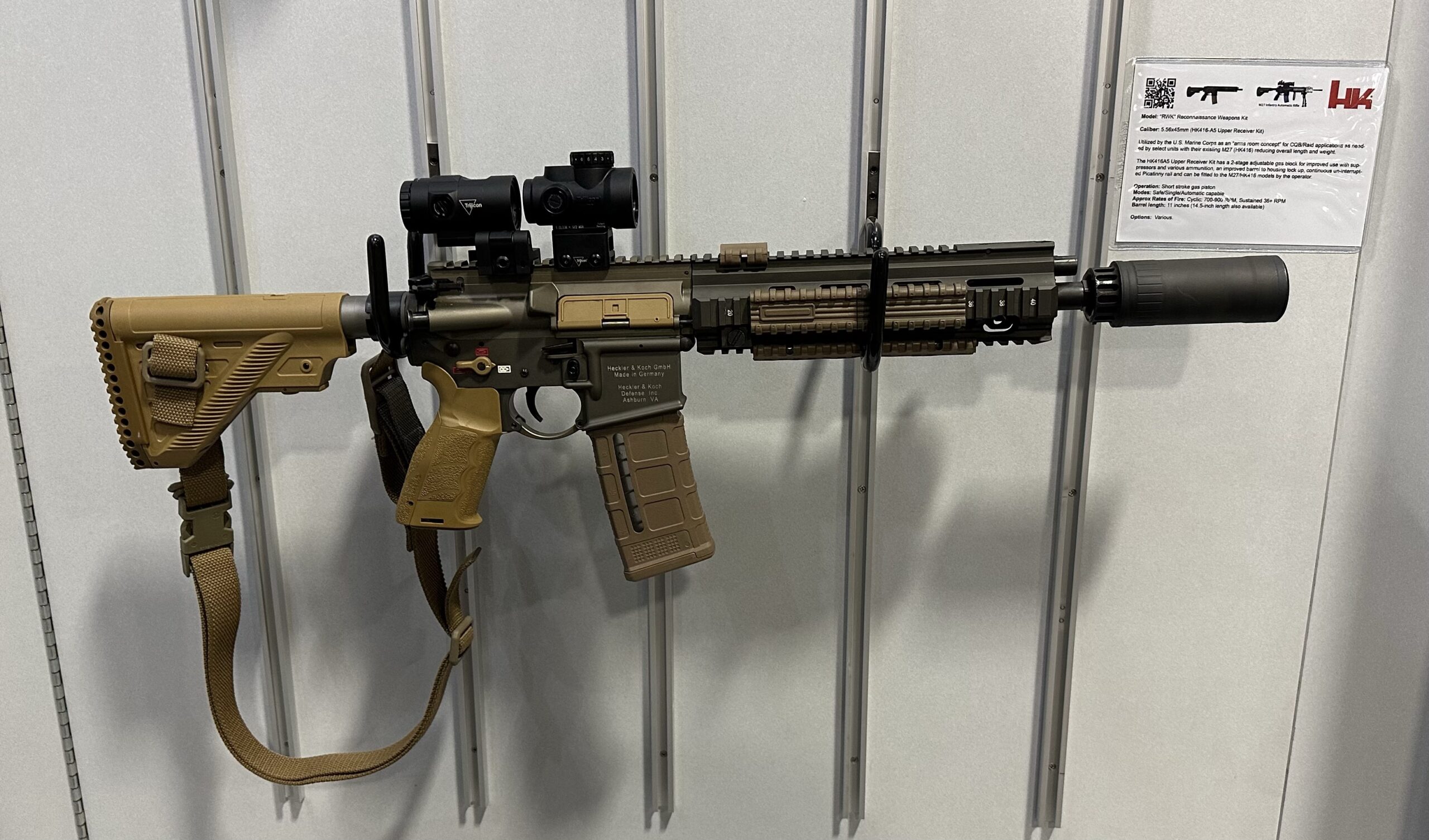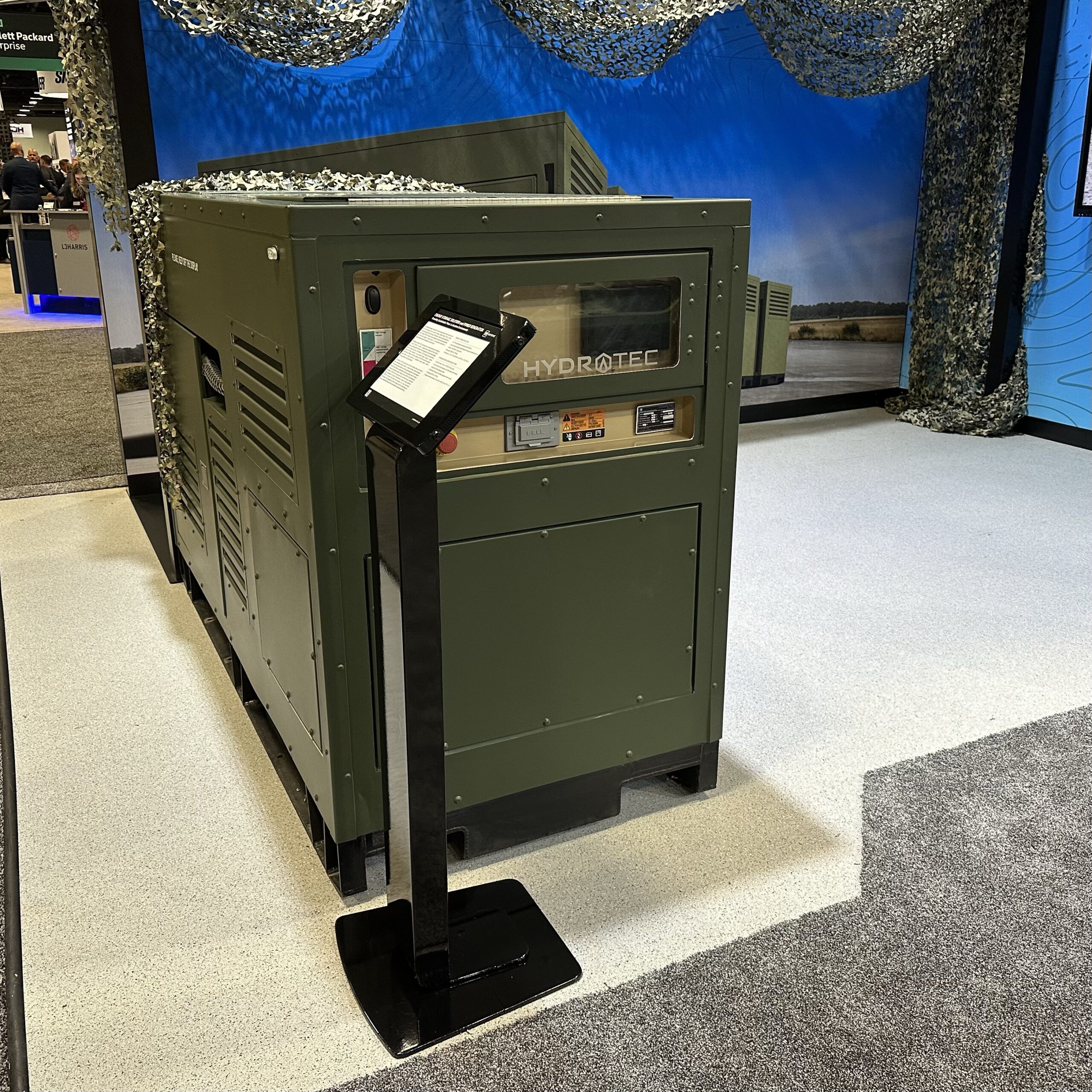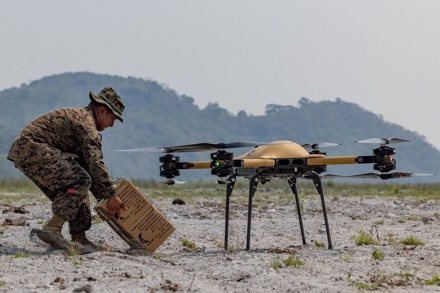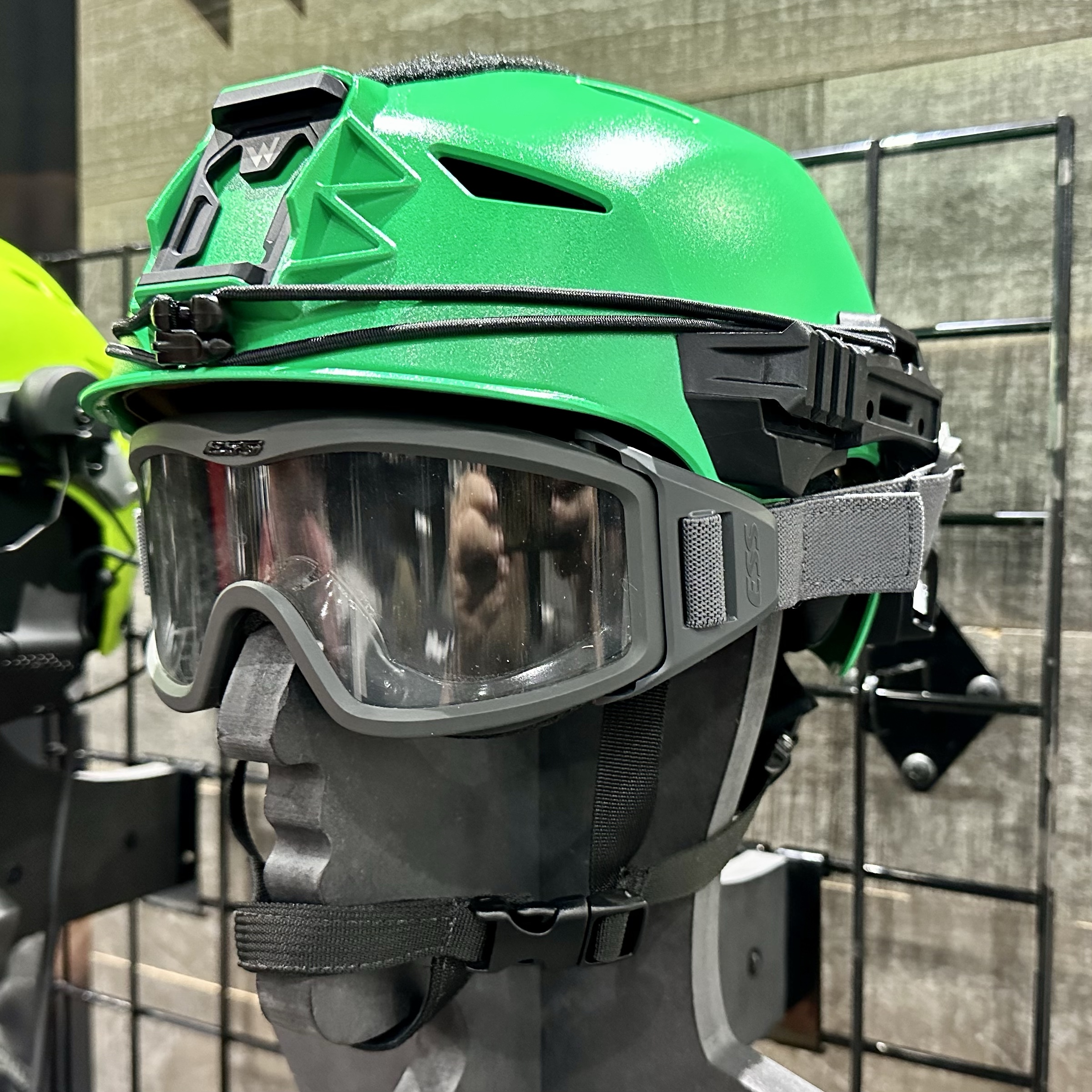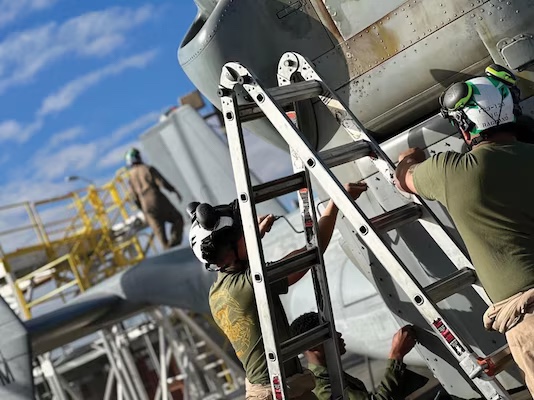JOHNSTOWN, Penn. – July 10, 2023 – A critical system in the Marine Corps Ground-Based Air Defense (GBAD) portfolio, the Marine Air Defense Integrated System (MADIS) Remote Weapon Station has reached a pivotal milestone transitioning into full rate production. The remote weapon station is manufactured and managed by Kongsberg in Johnstown, Penn. and is a key component to the larger and holistic system which provides protection from drones and increased lethality against evolving threats.
“The Marine Corps is leaning forward with orders for long-lead items to prioritize the timely production of these systems in support of Force Design 2030,” said William Dixon, MADIS Project Manager, KONGSBERG Protech Systems USA. “As we enter full-rate production for these remote weapon stations, we’re also discussing additional technology we can incorporate into the system to improve and expand their capabilities for the Marines.”
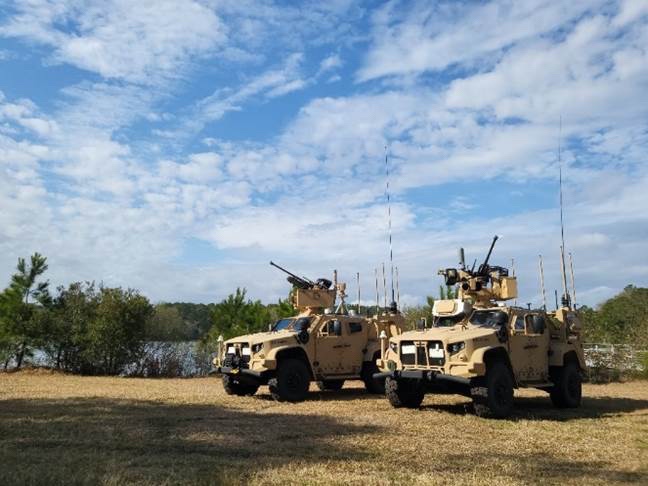
“Kongsberg’s Johnstown facility consistently yields remote weapon station manufacturing excellence, having produced more than 20,000 systems over the last 15 years,” said Eskild Aas, Director US PROTECTOR Programs, Kongsberg. “Delivering the LRIP systems and moving into full-rate production of the MADIS RWS exemplifies our rigorous processes, and is an important milestone for the program office and our team.”
The KONGSBERG RS6 RWS for MADIS RWS includes the XM914E1 30mmx113mm percussion-primed cannon with a co-axial M240C (7.62mm) machine gun, an integration kit for the STINGER Air-To-Air Launcher (ATAL) and provisions for future C-UAS defeat systems. MADIS is part of the U.S. Marine Corps’ plan to upgrade their two active Low Altitude Air Defense (LAAD) battalions. The first 30mm remote weapon system to be qualified on the Joint Light Tactical Vehicle platform (JLTV), MADIS RWS mounts on JLTVs and fights as a complimentary pair, designated as Mk1 and Mk2. The MADIS Mk1 features STINGER missiles, and neutralizes fixed and rotary-wing aircraft. Mk2 fulfills the Counter-Unmanned Aircraft System (C-UAS) mission requirement, while also providing radar and command-and-control for the pair.
The U.S. Marine Corps awarded Kongsberg the five-year, indefinite delivery / indefinite quantity other transaction authority (OTA) production contract in Sept. 2021. It has a ceiling of $94 million and includes a series of Low-Rate Initial Production (LRIP) systems, full-rate production units, spares and training. This production contract award followed a Sept. 2020 OTA contract award from the USMC to KONGSBERG for test articles and activities, which included Design Verification Testing (DVT), after a competitive process.
The KONGSBERG RS6 RWS for MADIS leverages technology and competence drawn from multiple counter-unmanned aircraft systems (C-UAS) and air defense programs. The system leverages commonality with the family of PROTECTOR RWS delivered and fielded with the U.S. Army and Marine Corps.
KONGSBERG is the world’s leading manufacturer of RWS, having delivered over 20,000 units to more than 20 countries worldwide. KONGSBERG is also the sole provider of RWS and remote turrets to the U.S. Army and U.S. Marine Corps. All RWS and remote turrets delivered to U.S. customers are manufactured in the Kongsberg Johnstown, Penn. facility and leverage our extensive American supply base. The company takes great pride in its continued support to, and for the United States, U.S. employees, and U.S. supply base.


